Let’s NagaGO to Nagano! Japan’s Tourist-Friendly Hidden Gem
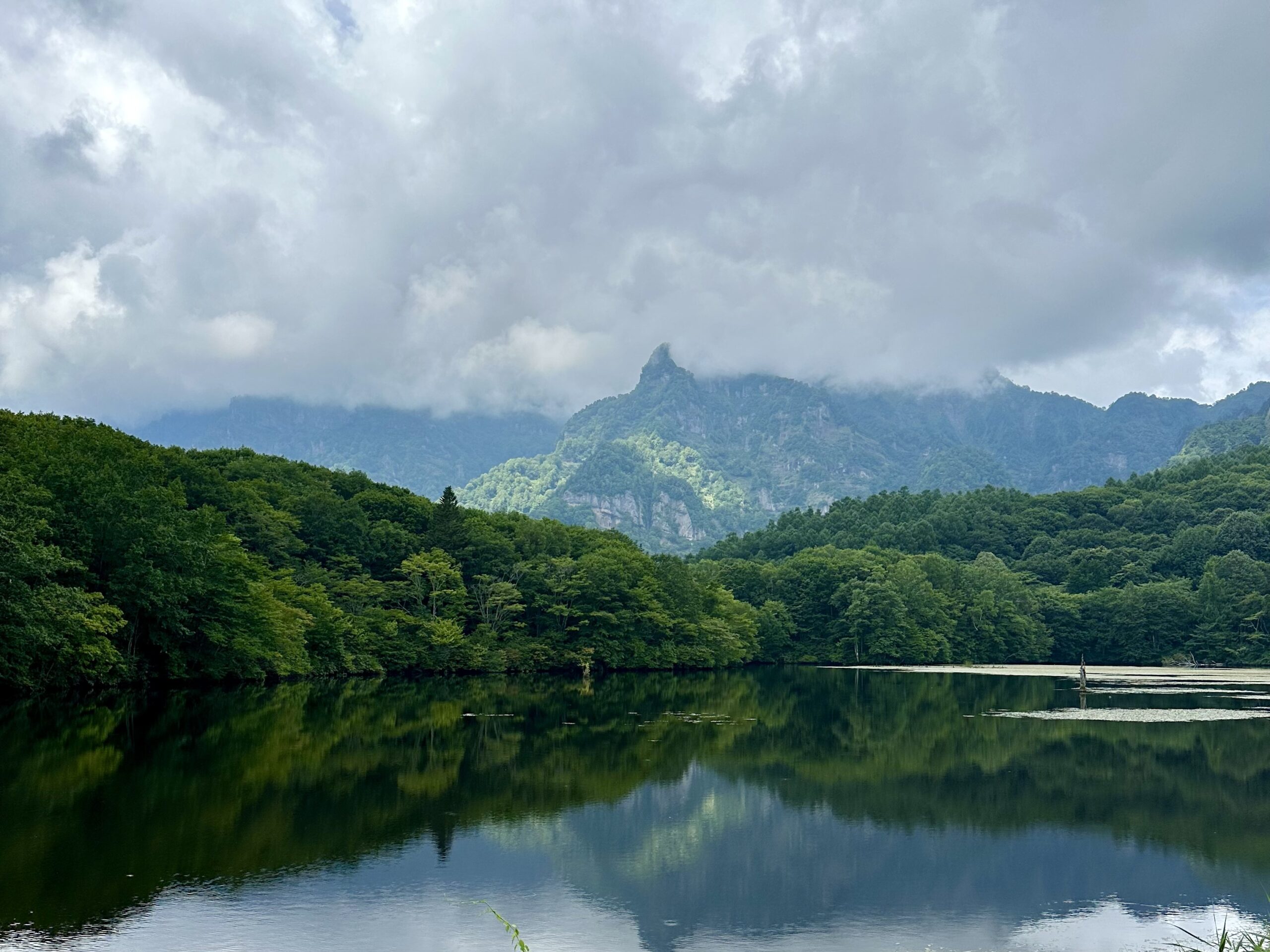

Written by
Name: Stephanie
Country of origin: USA
How long you’ve lived in Japan: 6 years
Where you live in Japan: Tokyo (and 1 year in Gunma)
Instagram
Have you ever heard of Nagano Prefecture? Not too far from Tokyo, it’s a classic destination for Japanese travelers. Yet despite being a Japanese classic, most international tourists haven’t even heard of it. I’ve been to Nagano several times and each time I’ve had so much fun. One of the best things about Nagano is that they are used to hosting several Japanese tourists, so the tourism industry is developed, but foreign tourists are still pretty rare. Almost every single service industry worker I encountered in Nagano was so happy to have a foreigner visiting their prefecture! So are you ready to NagaGO?
Karuizawa- Architecture, Cool Summers, and Picturesque Winters
About an hour from Tokyo via shinkansen, Karuizawa is a very interesting town. When you get there, you might think “Sorry, is this Japan or Germany…?” Well, some time ago, a missionary visited Karuizawa and loved the nature and climate so much that other missionaries came and settled. You’ll find interesting architecture and churches throughout the town, which can be enjoyed by folks with or without religious affiliations.
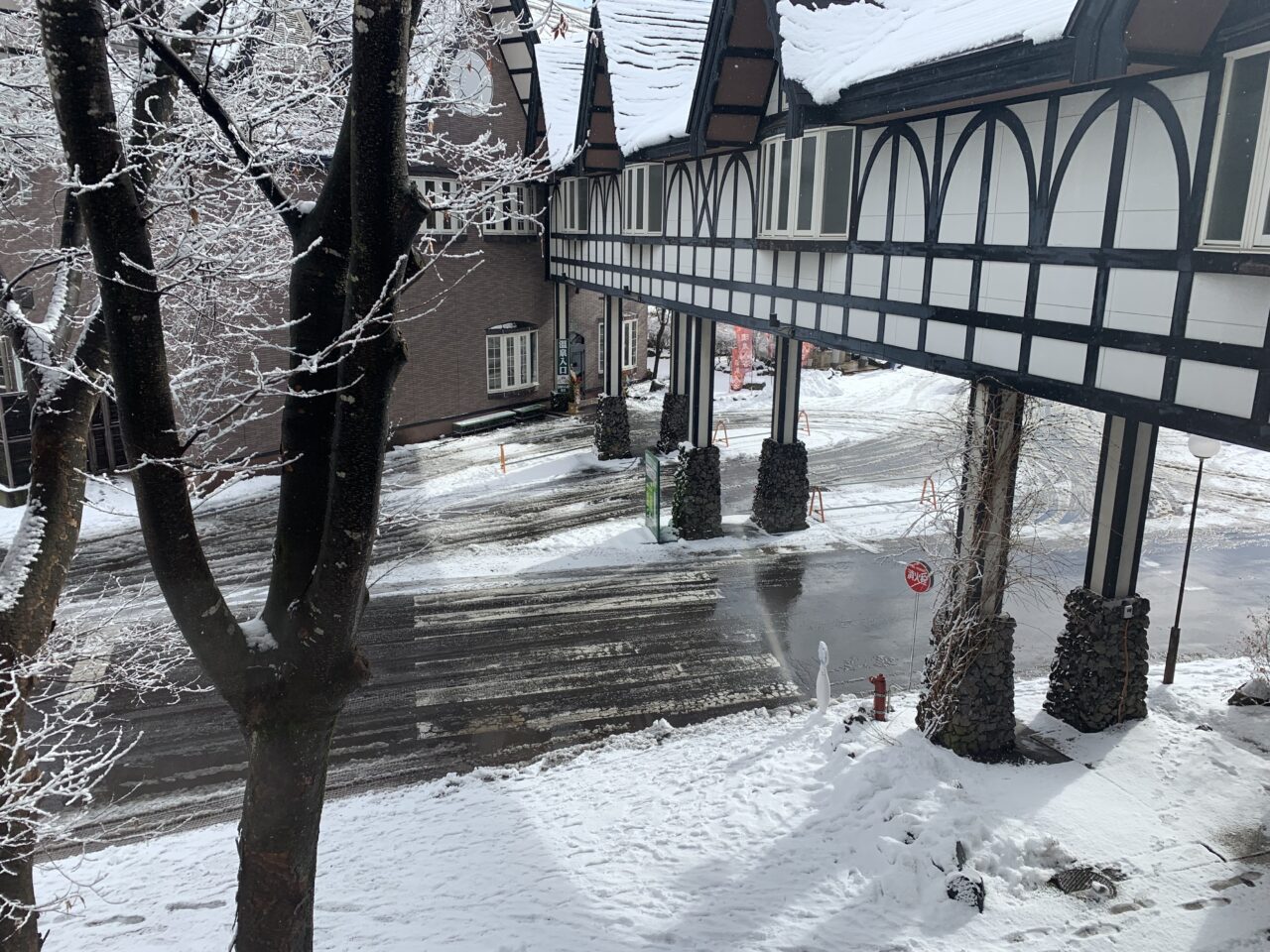
You might wonder, of all the towns in Japan, why did that missionary like Karuizawa so much? Well, simply put, it’s got a relatively cool climate during summer. This fact is so well-known in Japan that the Imperial Family often comes here during the summer for a respite from the Tokyo humidity. You’ll also find signs throughout the town proudly proclaiming “John Lennon ate here!” as it seems he spent some time here with Yoko Ono.
In addition to the architecture, you can find lush green forests and lovely waterfalls around Karuizawa. If you go in winter, it will be a snowy, glittery wonderland. There is a large illumination event and Christmas market in the town, and I was giddy when I came upon this lake ice skating rink! They even had chairs for those not confident with skating to be pushed along by a friend, how cute!
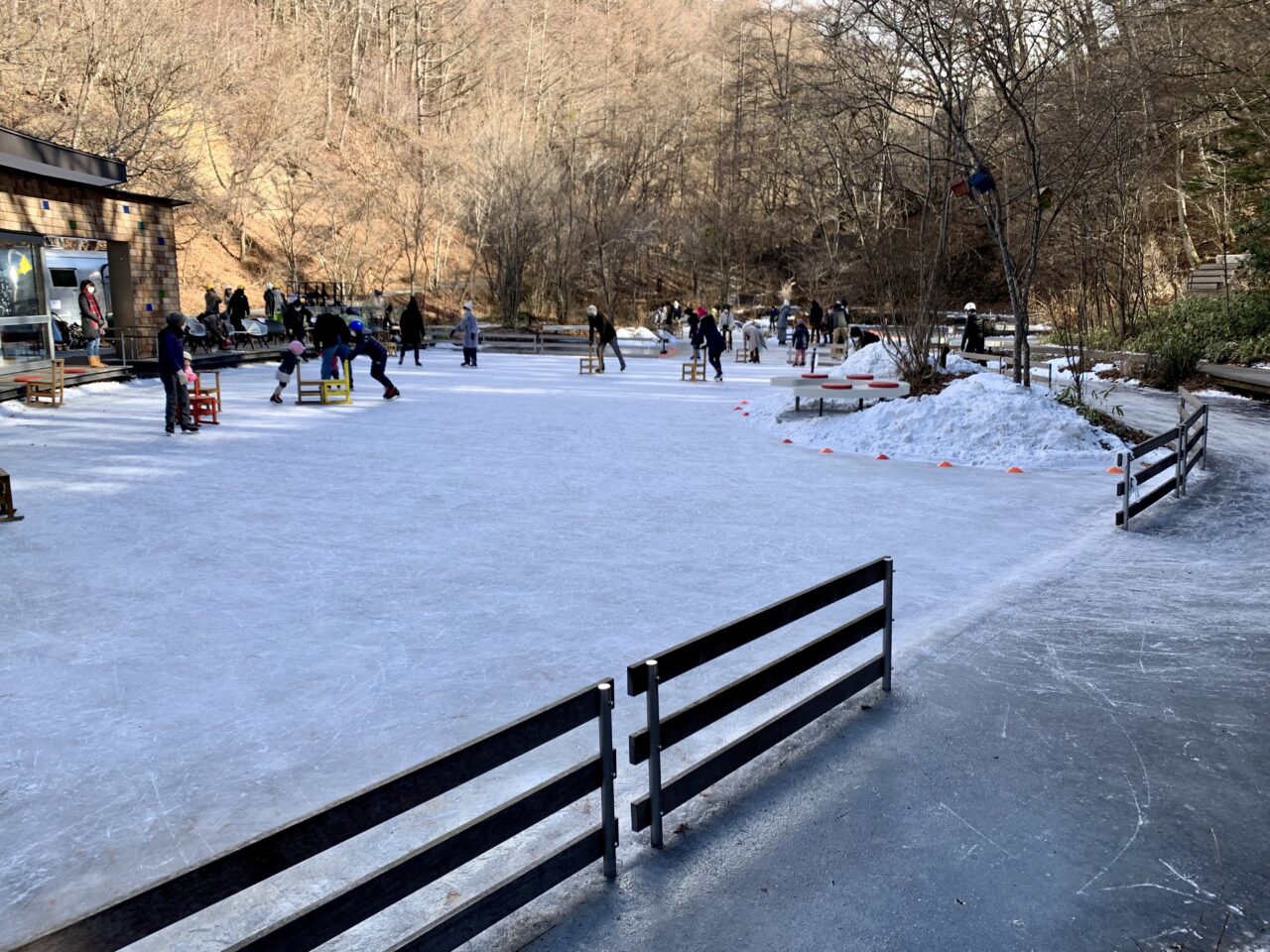
For those that like shopping, Karuizawa has an outlet mall with several famous brands. They even have an illumination in winter for maximum vibes!
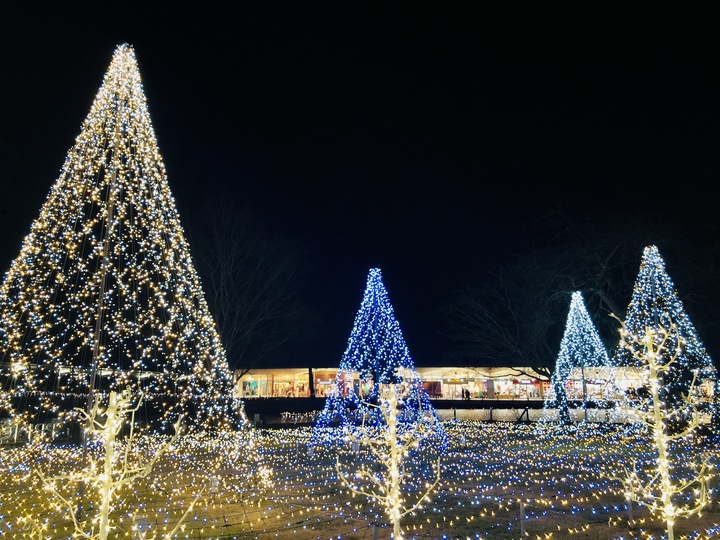
Karuizawa can be accessed from Tokyo by a 1 hour-ish direct shinkansen ride.
Hakuba- World Famous Snow Sports and a Cool Green Season
Hakuba is probably the one area of Nagano that is internationally famous, though I am not sure that many of the people who come here think “Nagano” rather than just “Hakuba.” Hakuba (白馬) literally means white horse, and it must have something to do with the gorgeous mountains in winter. Hakuba is world-famous for skiing and snowboarding, getting tons of powder snow each year. Japanese powder snow is known affectionately in Japan as Japow, Japan + powder (snow), because apparently the powdery snow in Japan is unique. I love snow but I am too chicken to try winter sports, so I don’t have first-hand experience here, but with 10 ski resorts throughout the valley, Hakuba is an oasis for Japanese and international snow sport enthusiasts alike.
Outside of winter, Hakuba is quite green and quiet in the summer. Some of the lifts remain open in the summer, offering various green season activities. I really enjoyed my visit to Hakuba Mountain Beach, a Jacuzzi and sauna pod terrace overlooking the gorgeous mountains!
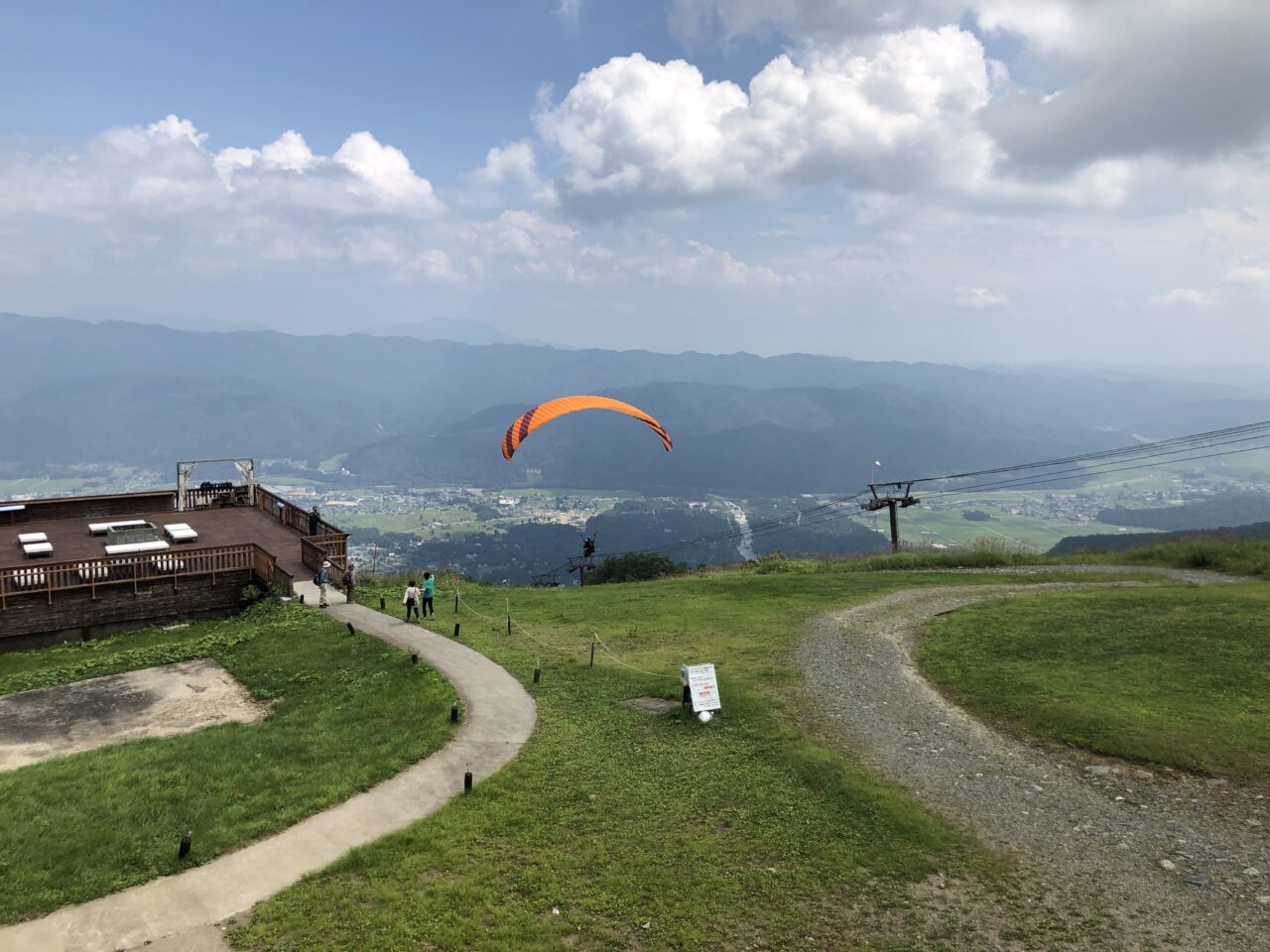
Hakuba can be reached from Tokyo by shinkansen plus bus or direct bus. For the former, take the shinkansen from Tokyo to Nagano (1h40) then bus from Nagano to Hakuba (1h), for a total of 2h40m plus transfer times. For the direct highway bus, it takes 4 hours from Shinjuku Station to Hakuba.
Nagano City- Important Buddhist Temple and Viral Forest Shrine
Nagano City is not only a transportation hub for Nagano Prefecture, it boasts a huge temple and national park as well!
Zenkoji Temple is one of Japan’s most important and oldest Buddhist temples, holding one of Japan’s oldest Buddhist statues, boasting massive grounds, a pitch-black tunnel, and invigorating morning services, visiting the temple is a real cultural experience. Journey through the pitch-black tunnel, feeling your way with your hands and hopefully touching the “Key to Paradise.” Come for a seasonal festival, stay overnight in the temple lodgings, and participate in the morning ceremony for truly immersive experiences. Or simply wander the expansive grounds and take in the sights. The street leading up to the temple is full of lovely shops and eateries as well!
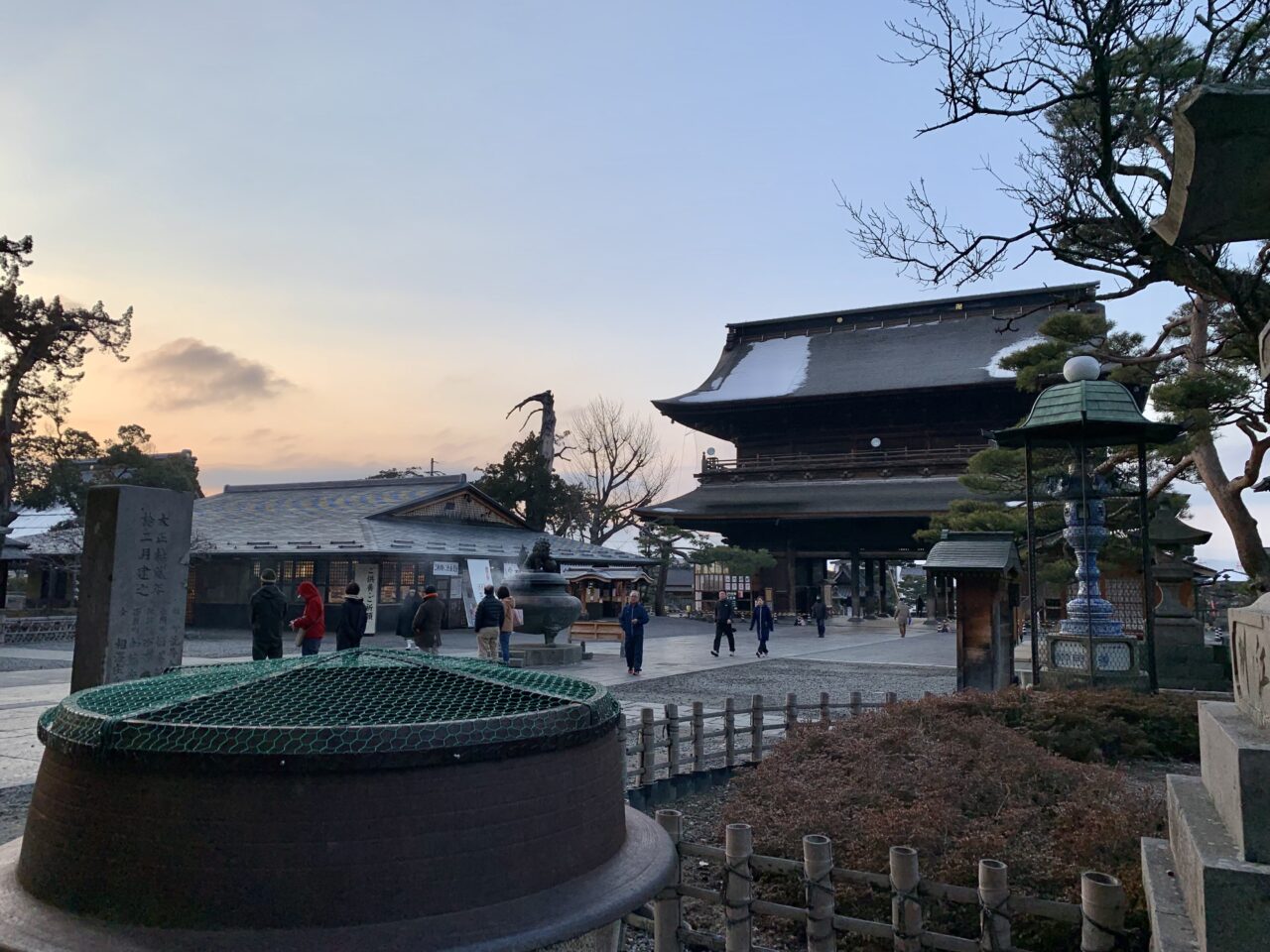
Togakushi National Park contains Togakushi Shrine, which you may have seen photos of online since the winter scene went viral in the Japan content sphere a few times. But it went viral for good reason, it’s awe-inspiring! The row of massive trees is a sight to behold, even when I went in the summer it was breathtaking. Togakushi Shrine actually has a few layers of shrine, the main shrine Okusha (奥社- back shrine) being furthest into the forest shrine complex. In addition to the shrine, the national park has several campgrounds and beautiful hiking.
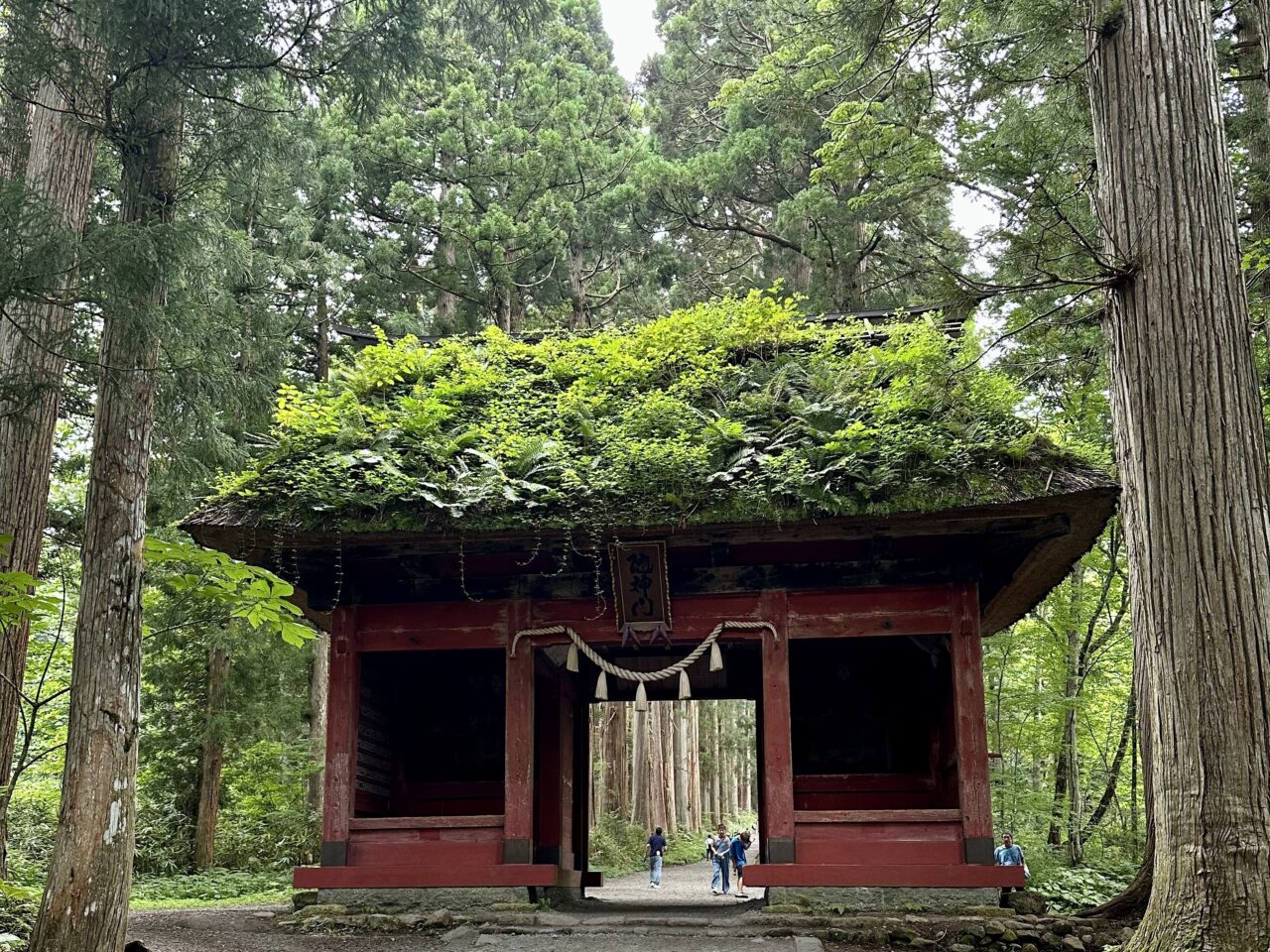
Nagano Station can be reached directly from Tokyo by shinkansen, at about 1 hour and 40 minutes. Togakushi Shrine can be reached by bus from Nagano Station via the local “Togakushi Campground” bus in 60-70 minutes.
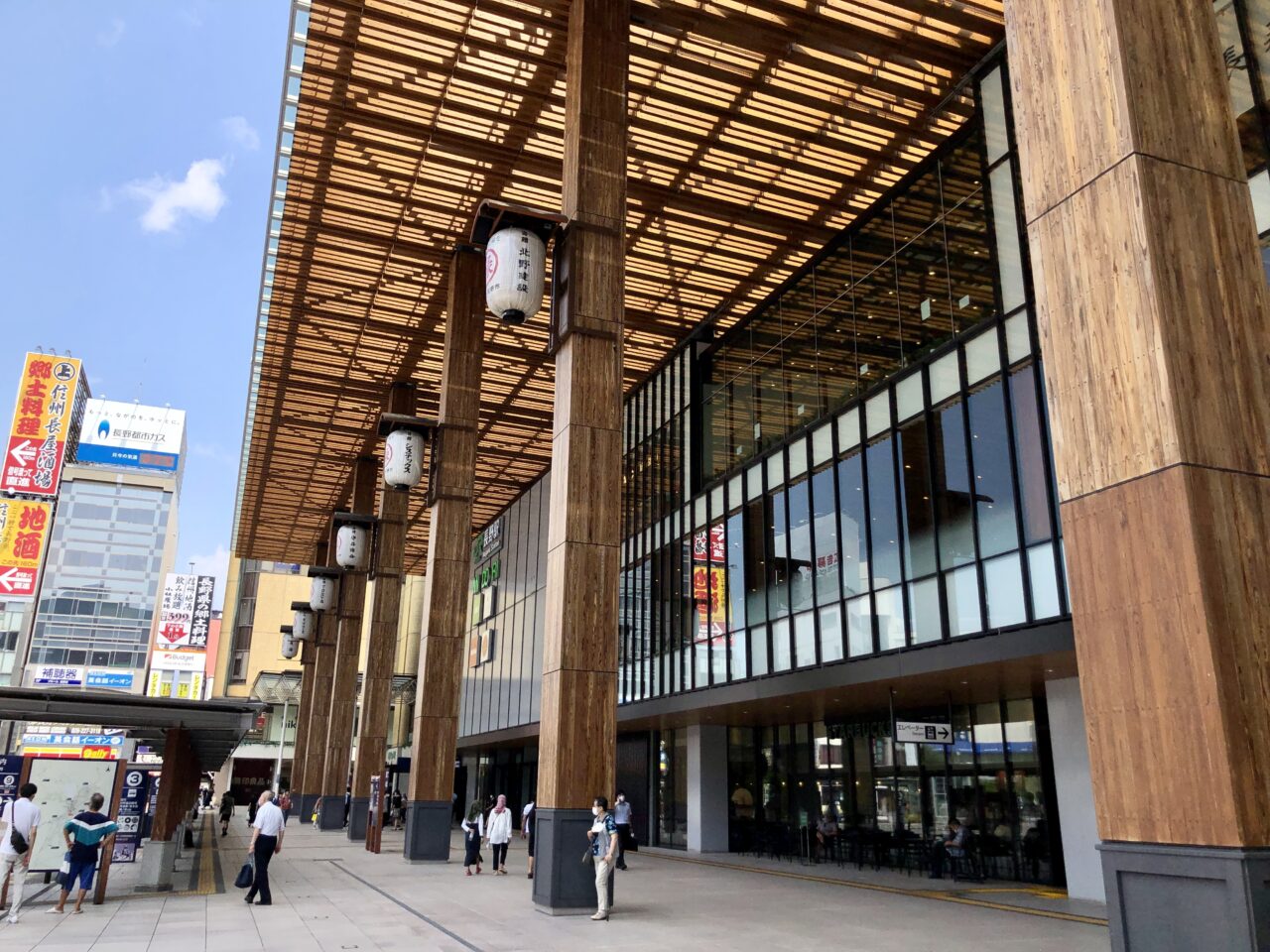
Snow Monkey Park- You Know the One
You’ve definitely seen the famous snow monkeys online or even on TV abroad. Well, it turns out they’re in Nagano! Jigokudani Yaen-Koen is a park in Nagano Prefecture where you can observe wild Japanese monkeys bathing in the warm hot springs in winter.
If I’m completely honest, I have mixed feelings on visiting this park. On the positive side, first, the monkeys are wild, and kept wild, so it’s not a zoo. Animal rights in Japan are often questionable, with things like dolphin shows and puppy mills still thriving, so the fact that the snow monkey park is animal tourism that doesn’t seem to bother the monkeys all that much is nice. Second, it really is quite a sight to see, monkeys bathing in the snowy hot springs!
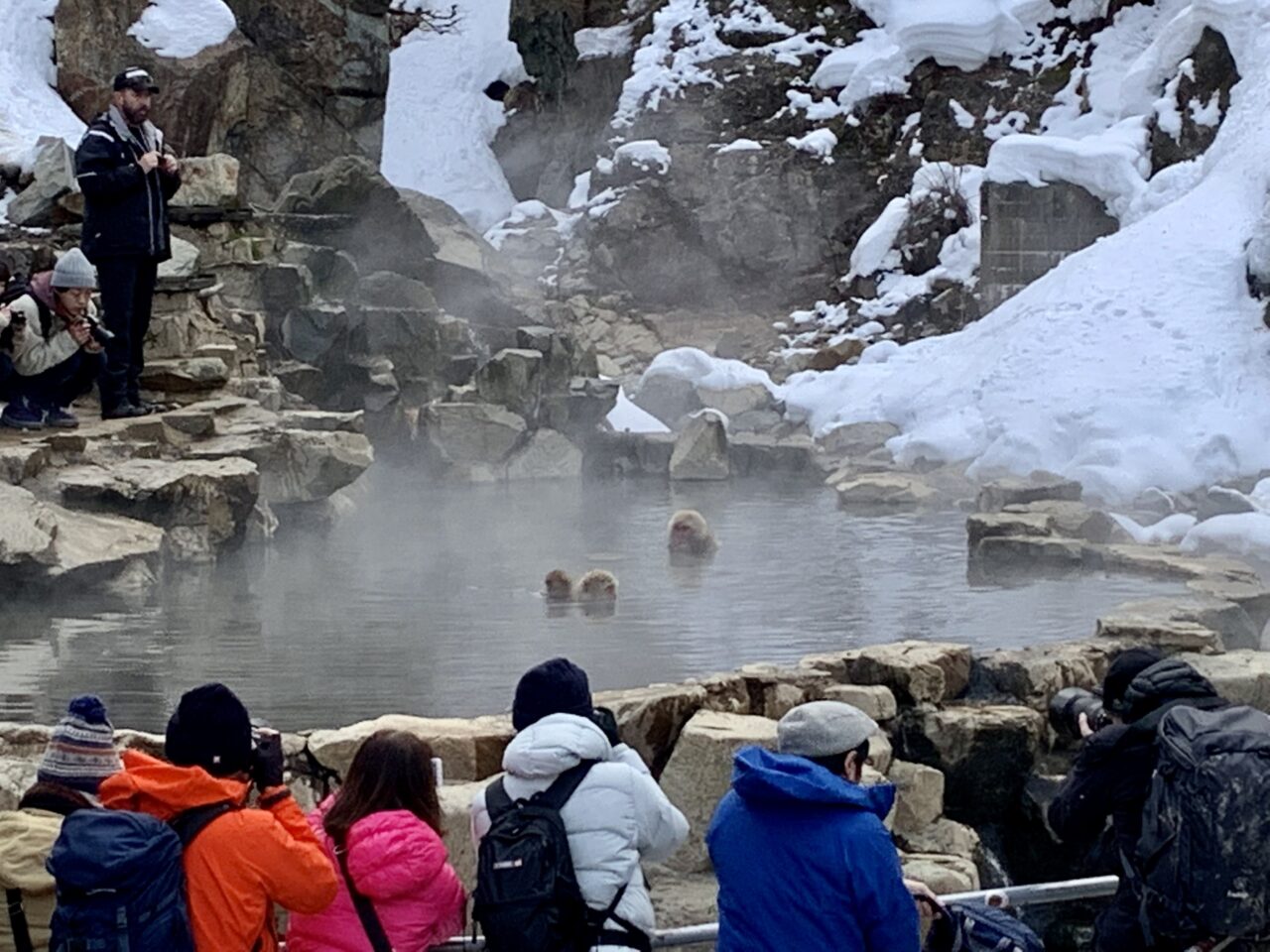
On the negative side, first, it is crowded. When I went, I arrived around opening time, which was nice, but by the time I was leaving about 90 minutes later it was getting frustratingly crowded. I remember thinking “I like the monkeys better than the humans!” as a half-joke. Second, you have to walk through a snowy mountain path for 35 minutes to reach the park. It’s actually kind of dangerous, and I’m sure people slip and hurt themselves every year. As there’s no way to avoid this walk, I would not recommend visiting here to the elderly, those with walking disabilities or injuries, pregnant folks, etc.
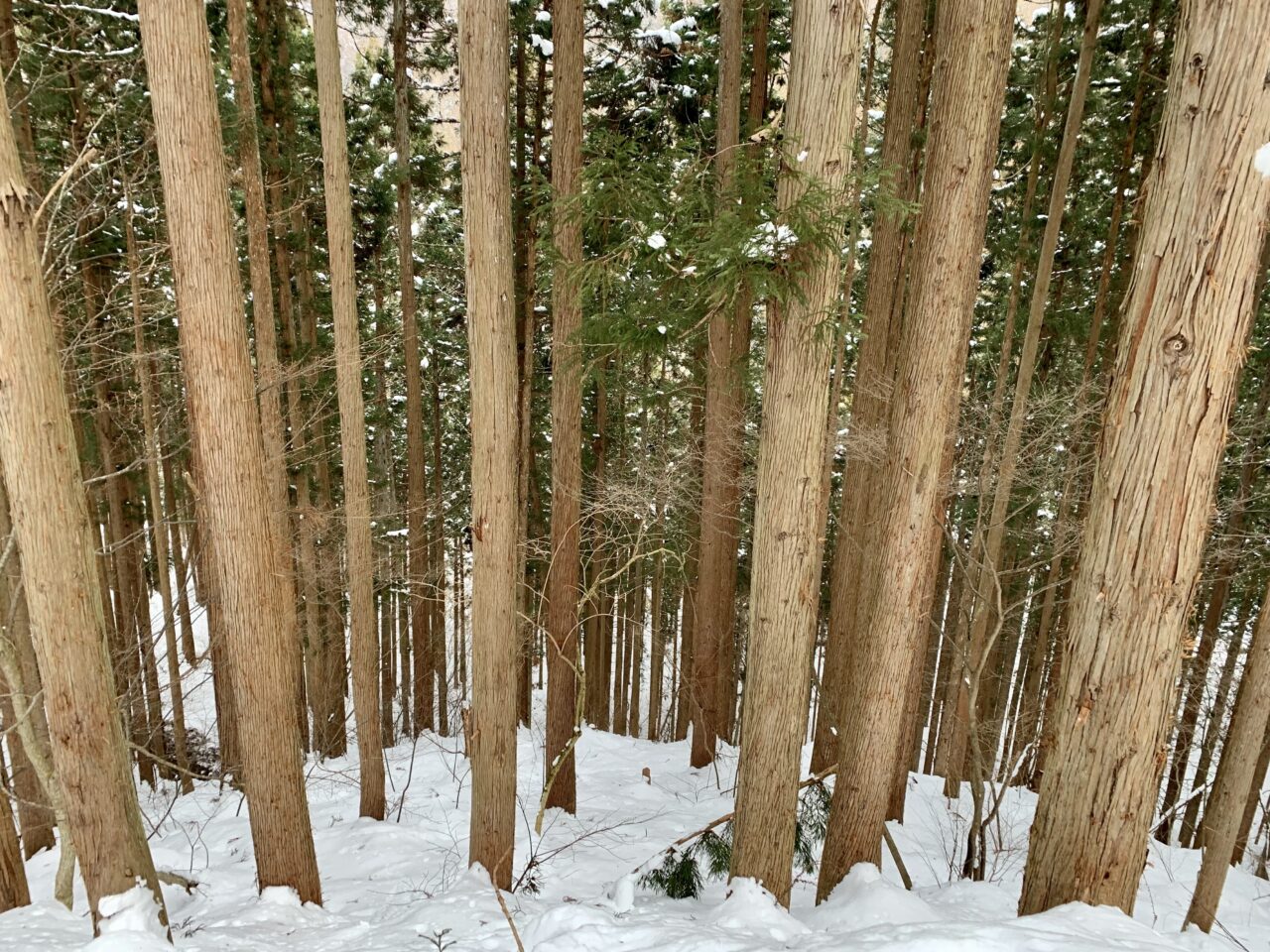
Lastly, the monkeys are indeed wild animals. I find these monkeys scary! This isn’t the only place in Japan you can see monkeys (though I think this is the only place for the snowy onsen monkeys), and I’m always a bit wary of them. It’s not uncommon to see kids inching towards these monkeys, and parents egging them on, and I always wonder how often someone gets their face torn off… Anyway, the monkeys are indeed wild, and while they may be more used to humans than monkeys who live elsewhere, they need to be treated with respect.
I don’t want to actively discourage anyone from going here, as it does have several positive points like I wrote above. But now that you’ve heard the cons, you can weigh them with the pros and make your own travel decision. If you go, I’m sure you’d have fun monkeying around!
Jigokudani Yaen-Koen can be accessed by express bus from Nagano Station. Take the express bus to Shiga Koen, and get off at the “Snow Monkey Park” stop after 41 minutes. You’ll then have to walk through the slippery snow for 35 minutes to get to the snow monkey park. There are also several charter tours that bring you here, but you cannot avoid walking in the snow.
Food in Nagano
Nagano is famous throughout Japan for its amazing food. With most prefectures having just one or two specialties (名物 meibutsu, lit. famous thing), Nagano is blessed with several local specialties! The old name for Nagano was Shinshu, so you’ll often seen Shinshu used as a prefix in food names here.
Soba is perhaps the most well-known Nagano specialty. Soba is the Japanese word for “buckwheat,” so it can mean either the soba noodle dish we all know and love, or sometimes buckwheat flour. You’ll see Shinshu soba noodles all over the prefecture, served hot and cold, as well as buckwheat tea, dumplings, even ice cream (I’d recommend it).
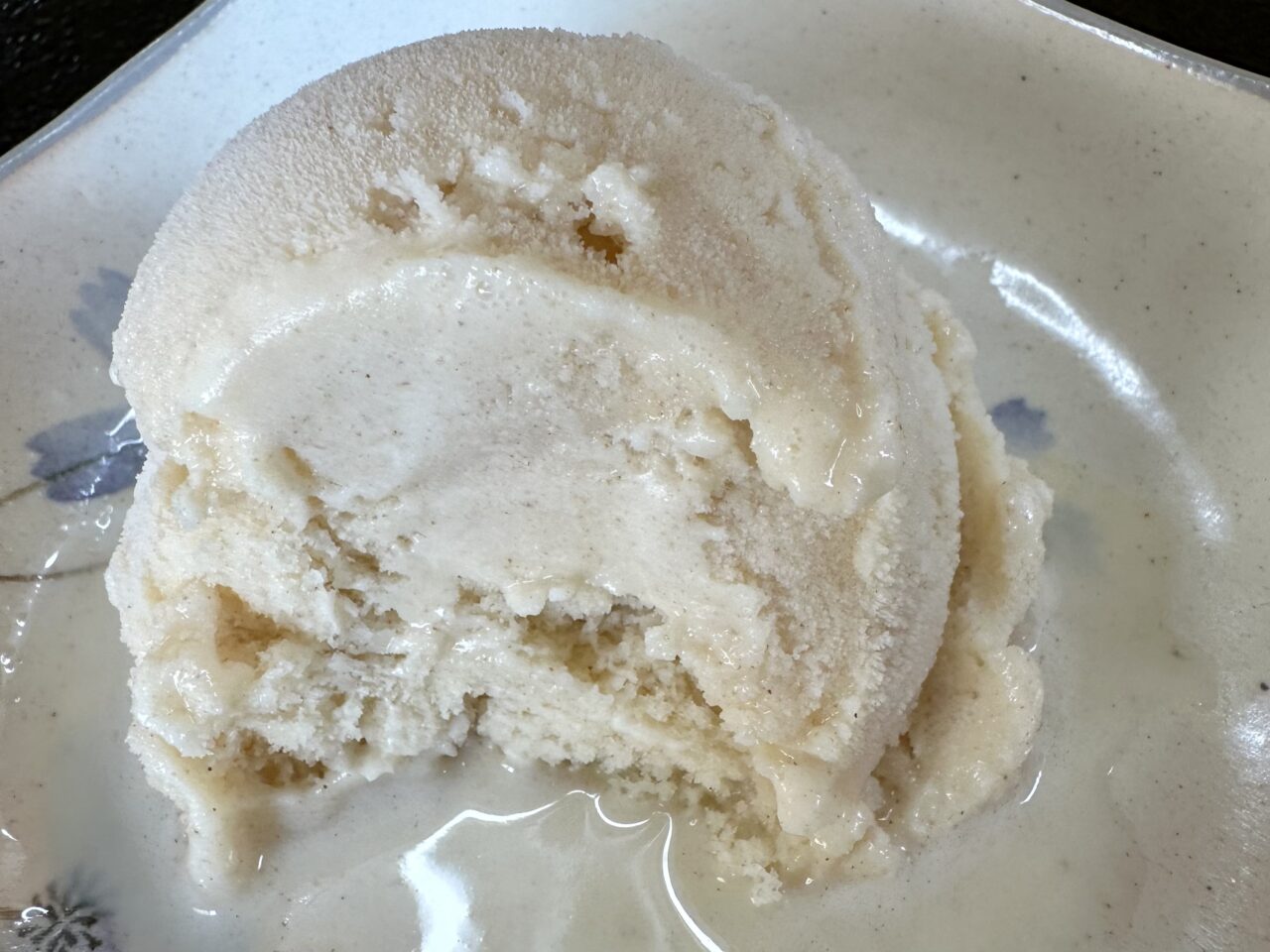
Oyaki is a dumpling filled with vegetables and then steamed, charred, or fried. Every time I eat one I’m so happy I came to Nagano! Common fillings include kabocha squash (often called “pumpkin” in Japan), nozawana pickles (see below), and miso-grilled eggplant.
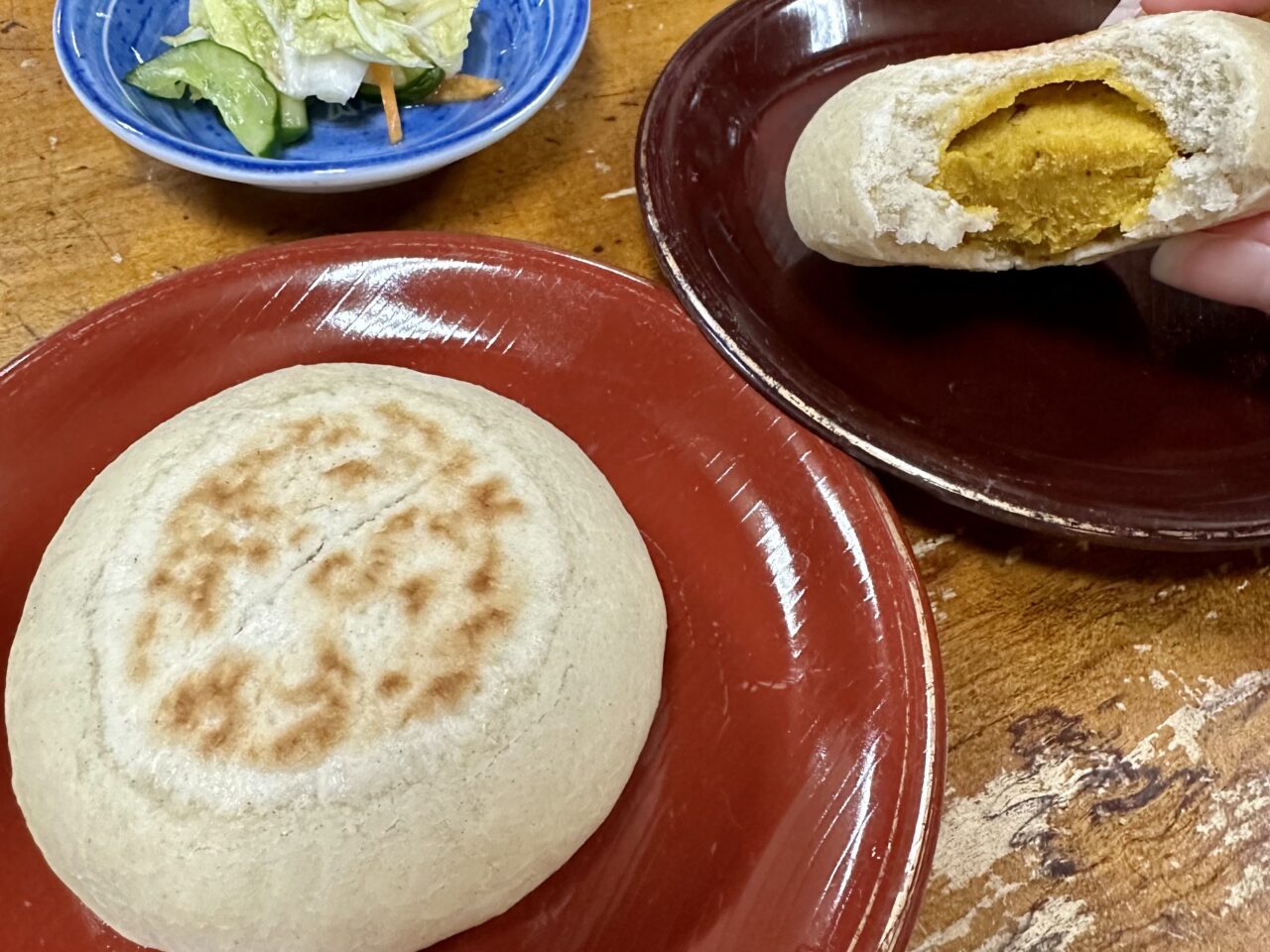
Miso is a famous local specialty in Nagano! You’ll see it in sauces, Shinshu miso ramen, and of course tubs of miso you can buy!
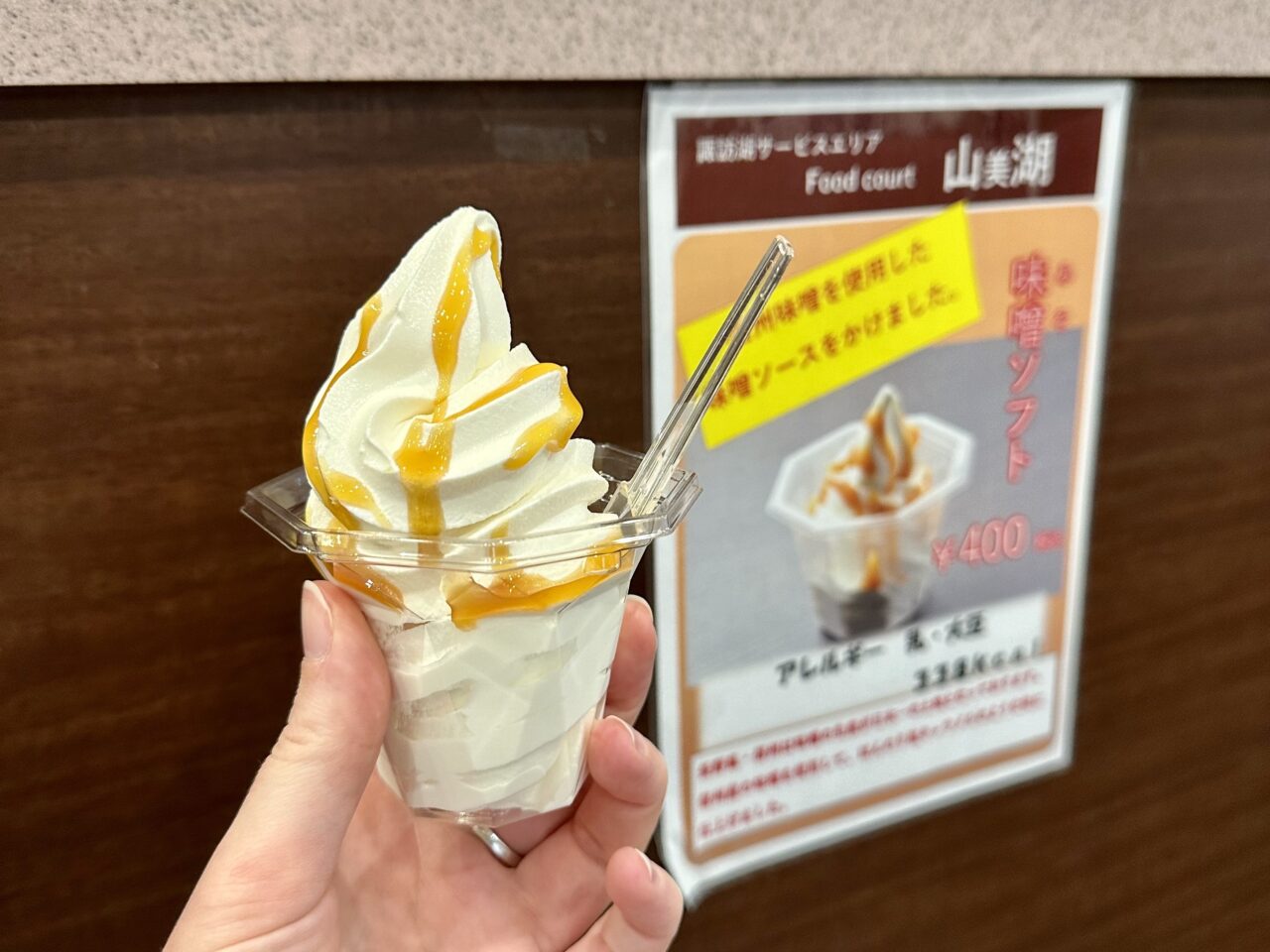
Nozawana is the term for mountain vegetables from Nagano. They’re often pickled and served as a side, or inside onigiri or oyaki. Sometimes I see nozawana onigiri in convenience stores in Tokyo (often written as “mountain vegetable rice ball” in English).
In addition to the main ones mentioned above, shichimi (Japanese 7 pepper spice) is a local specialty, so you’ll see it on dinner tables and baked into rice crackers (senbei). Craft beer is also a fairly big thing in the region, so beer lovers keep your eyes peeled!
More to Come!
I love Nagano so much, and there are so many different areas to see, that I couldn’t fit it into one blog! It was getting too long. So next time I’ll write about a really cool black castle, a themed frog street, Yayoi Kusama’s famous art, and the Japan Alps! Until then, safe travels!
Links
Hakuba:
- Official Tourism Website
- Hakuba Mountain Beach (Japanese only)
